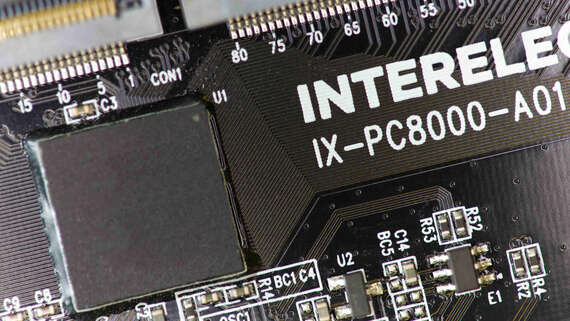Transparent Conductive Material
Indium Tin Oxide (ITO), commonly referred to as ITO, is a composition of indium oxide (In₂O₃) and tin oxide (SnO₂) in varying proportions. Typically, it consists of about 90% indium oxide and 10% tin oxide by weight. This combination creates a material that is both electrically conductive and optically transparent, making it ideal for a wide range of electronic applications. The atomic structure of ITO allows it to maintain a delicate balance between transparency and conductivity, which is crucial for the performance of display technologies and touch sensors.
Applications of ITO in Modern Technology
ITO is indispensable in several high-tech applications. Its primary use is as a transparent electrode in liquid crystal displays (LCDs), where it helps control the display of images and information. It is also extensively used in touch screen sensors, providing the necessary conductive layer that registers touch inputs. Additionally, ITO finds applications in organic light-emitting diodes (OLEDs), solar cells, and thin-film photovoltaics, where its conductive properties enable efficient energy conversion and display performance.
Why ITO is Preferred in the Industry
The preference for ITO in the industry stems from its unique combination of properties. Its high optical transparency in the visible spectrum makes it almost invisible to the naked eye, ensuring that displays and touch screens are clear and vibrant. At the same time, its electrical conductivity allows it to serve as an effective electrode material. Moreover, ITO is durable and can withstand various environmental conditions, which is essential for the longevity of electronic devices. These characteristics make ITO a superior choice over other materials like zinc oxide or silver nanowires, which may not offer the same level of performance.
Challenges and Limitations of ITO
Despite its advantages, ITO is not without challenges. One of the primary issues is the scarcity and high cost of indium, which can drive up the manufacturing costs of devices using ITO. Additionally, ITO can be brittle, leading to potential durability concerns in flexible electronic applications. Researchers are actively exploring alternative materials and methods to overcome these limitations, such as the development of carbon nanotubes, graphene, and other conductive polymers that might provide similar benefits without the associated drawbacks.
ITO in Touch Screen Technology
Touch screens have become ubiquitous in our daily lives, from smartphones and tablets to ATMs and interactive kiosks. ITO plays a crucial role in these devices by acting as the conductive layer that detects touch inputs. When a user touches the screen, it disrupts the electrical field at the point of contact, which is then registered and processed by the device’s software. The precision and responsiveness of ITO make it ideal for these applications, ensuring a seamless user experience.
ITO in Liquid Crystal Displays
In liquid crystal displays, ITO is used to form the transparent electrodes on the glass substrates. These electrodes apply voltage to the liquid crystals, controlling the alignment of the crystals and, consequently, the light passing through them. This process creates the images and text that we see on the screen. The clarity and quality of the display depend significantly on the performance of the ITO electrodes, making them a critical component in the overall functionality of LCDs.
Future Trends in ITO Technology
The future of ITO technology looks promising, with ongoing advancements aimed at enhancing its properties and expanding its applications. Researchers are working on improving the flexibility and durability of ITO films, making them more suitable for next-generation devices like foldable smartphones and wearable electronics. Additionally, there is a growing interest in developing hybrid materials that combine ITO with other conductive substances to achieve even better performance. As these innovations continue to emerge, ITO is expected to remain a key material in the tech industry.
Environmental and Sustainability Considerations
As with any material, it is essential to consider the environmental impact of ITO production and usage. The extraction and processing of indium can have significant environmental consequences, and the finite availability of indium necessitates sustainable practices. Efforts are being made to recycle ITO from electronic waste and to develop more efficient manufacturing processes that minimize environmental harm. At Interelectronix, we are committed to promoting sustainability in our use and development of ITO technologies.
Why Interelectronix?
Interelectronix stands at the forefront of ITO technology, offering unparalleled expertise and innovative solutions tailored to meet your specific needs. Our extensive experience in the field ensures that we understand the intricacies and applications of ITO, enabling us to provide you with the best possible products and services. Whether you are looking to enhance the performance of your displays, improve touch sensitivity, or explore new applications, we have the knowledge and resources to help you succeed. Contact us today to learn more about how we can support your projects and drive your technological advancements forward.
Engage with Interelectronix to stay ahead in the competitive tech industry. Let us help you unlock the full potential of ITO and elevate your products to new heights.

